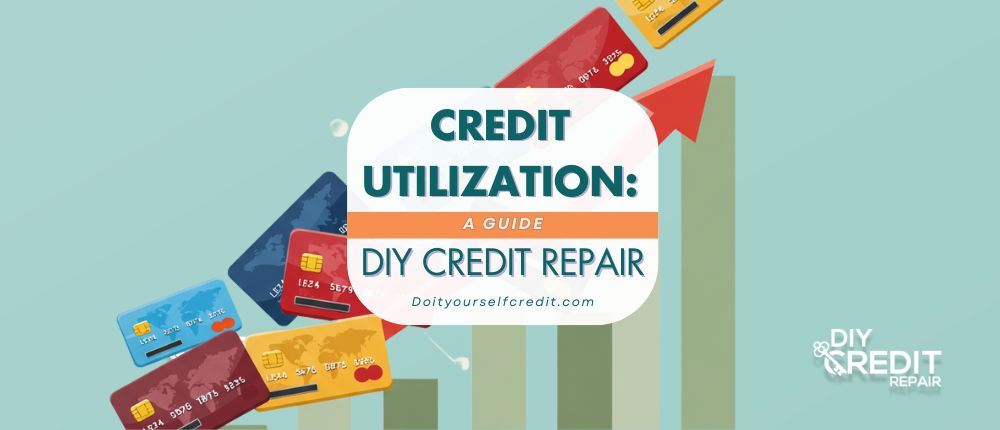
Understanding your credit score can feel like deciphering a secret code, but one key element is surprisingly straightforward: credit utilization. This crucial factor can significantly impact your credit score, yet many people aren’t sure how it works or how to manage it effectively. Let’s dive into the essentials of credit utilization and explore some practical strategies to keep it in check.
What Is Credit Utilization?
Credit utilization is the percentage of your available credit that you’re currently using. Imagine you have a credit card with a $10,000 limit, and your balance is $3,000. Your credit utilization ratio is 30%. This ratio is calculated for each card and across all your credit accounts.
Why Does It Matter?
Your credit utilization ratio typically makes up about 30% of your FICO score, making it the second most important factor after payment history. Here’s why it matters:
- Indicates Credit Management Skills: A low ratio shows you can manage credit responsibly.
- Reflects Financial Responsibility: It suggests you’re not overly reliant on credit.
- Signals Potential Financial Stress: High utilization can indicate financial strain.
The Magic Number: Keeping It Under 30%
Experts recommend keeping your credit utilization ratio below 30%. Those with the highest credit scores often maintain ratios below 10%. The lower your ratio, the better your score.
Strategies to Improve Your Credit Utilization
- Make Multiple Payments Per Month
- Don’t wait for your statement date. Make bi-weekly payments to keep your balance low.
- Set up automatic payments to ensure you stay on track.
- Request Credit Limit Increases
- Contact your credit card companies annually to request a limit increase.
- Ensure you have a good payment history before asking and be ready to explain why you deserve an increase.
- Keep Old Accounts Open
- Keeping old accounts open maintains your total available credit and helps build credit history length.
- Avoid annual fees on unused cards by using them occasionally for small purchases.
- Monitor Your Credit Usage
- Use your credit card’s app to track spending and set up balance alerts.
- Regularly check your credit report to stay informed.
- Consider Opening New Credit Cards
- Opening new cards can increase your total available credit and lower your overall utilization.
- Be strategic and selective with applications to avoid unnecessary hard inquiries.
Pro Tips for Managing Credit Utilization
- Know Your Statement Dates: Understanding when your credit card company reports to credit bureaus can help you time your payments for optimal impact.
- Use the AZEO Method: “All Zero Except One” means keeping all cards at zero balance except one with a small utilization rate.
- Keep Business and Personal Credit Separate: If you’re a business owner, avoid mixing personal and business expenses to maintain clear credit utilization tracking.
Emergency Strategies for High Utilization
- Balance Transfer Options
- Look for 0% APR offers and calculate transfer fees.
- Create a payoff plan to manage transferred balances effectively.
- Personal Loan Consolidation
- Consider consolidating high-interest credit card debt into a personal loan with a lower interest rate.
- This converts revolving debt to installment debt, which may improve your credit mix.
- Snowball or Avalanche Method
- Choose a debt repayment strategy that works for you and stick to it.
- Track your progress regularly to stay motivated.
Common Mistakes to Avoid
- Closing Old Credit Cards: This reduces your available credit and can increase your utilization ratio.
- Maxing Out Cards: Even if you pay in full monthly, high utilization at reporting time can hurt your score.
- Ignoring Statement Dates: Your balance on the statement date is typically what’s reported to credit bureaus.
The Bottom Line
Managing your credit utilization requires attention and strategy, but it’s one of the fastest ways to improve your credit score. By keeping your utilization low and implementing these strategies, you can maintain a healthy credit profile that opens doors to better financial opportunities.
Remember: Credit utilization is a marathon, not a sprint. Make it a habit to regularly monitor your credit usage and implement these strategies consistently for the best results.
Action Steps:
- Calculate your current utilization ratio.
- Set up balance alerts.
- Create a payment schedule.
- Review credit limits.
- Develop a plan to reduce high balances.
By following these guidelines and maintaining awareness of your credit utilization, you’ll be well on your way to achieving and maintaining an excellent credit score. Happy credit managing!